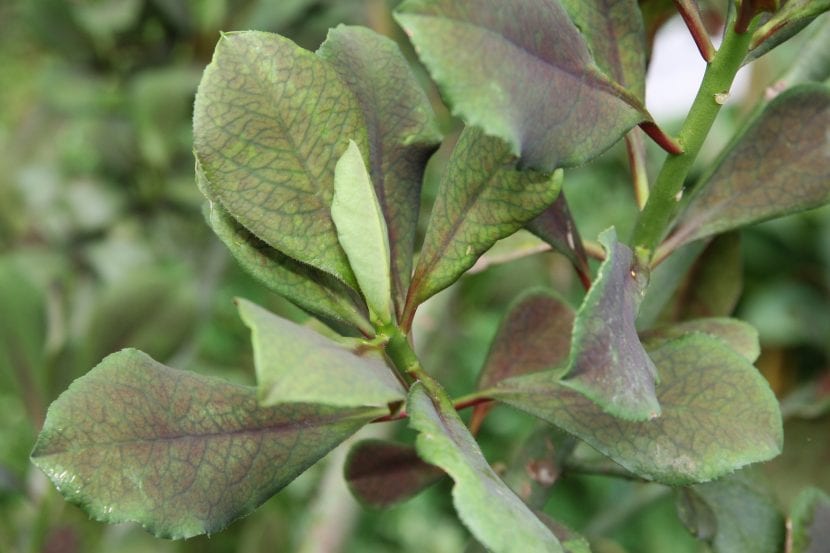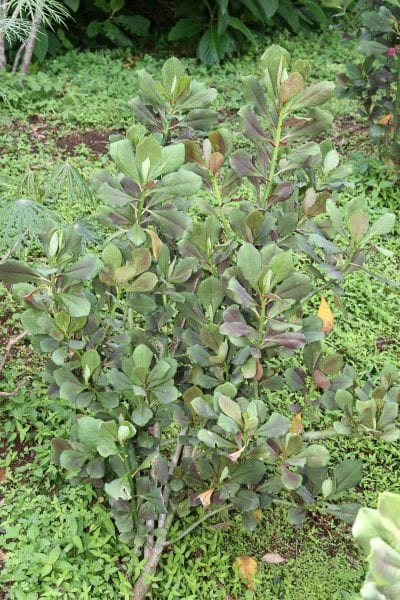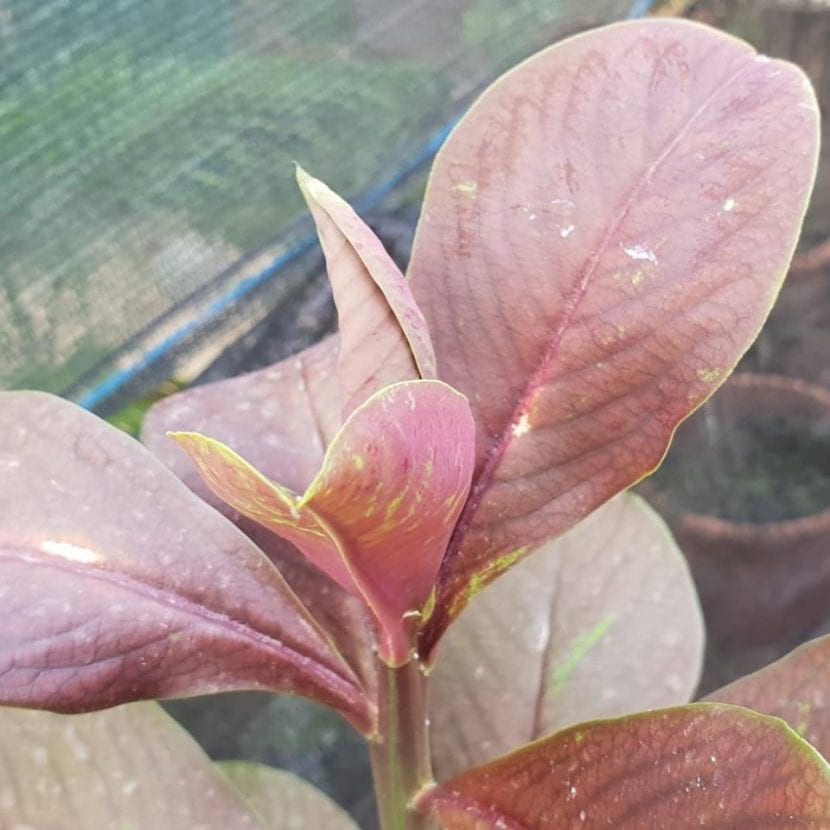
Image - Wikimedia / David J. Stang
There are many plants in Africa that are really beautiful and very interesting to grow in a pot. One of them is what is known as plant of life, a shrub or small tree with large and fleshy leaves that sprout from stems of a very beautiful greenish color.
Its maintenance, as I say, is not complicated. I have two specimens in the yard, of different sizes, and I am delighted with them. Yes indeed, It is important that you take into account what I am going to tell you, because they are not plants that resist much the cold.
Origin and characteristics

Image - Wikimedia / David J. Stang
In this shrub or sapling, usually evergreen but it behaves like deciduous or semi-deciduous in somewhat cool climates, whose scientific name is Synadenium grantii. It is native to tropical Africa, as well as South Africa, and is known by the names of the plant of life or African milkman.
It belongs to the Euphorbiaceae family, and like all of them, it contains a latex that is irritating and poisonous. Reaches a height of 4 to 5 meters, with cylindrical stems of green color, without thorns. These over time become somewhat woody, with greyish bark. The leaves are alternate, fleshy, 5-17 by 2-6cm, glabrous, green or purple (the 'Rubra' variety).
The flowers are about 5mm in diameter, and are red. The fruit is trilobed, 8-10mm long, containing seeds of a size of 2,5mm.
What are their cares?
If you want to have a copy, we recommend you take care of it in the following way:
- Location:
- Indoors: in a bright room or interior patio with light, away from drafts.
- Outside: in full sun.
- Earth:
- Pot: if the climate is very humid, plant it in volcanic sand (akadama, pomx or similar), otherwise, it can be kept in universal growing substrate mixed with perlite in equal parts.
- Garden: need well-drained soils, since it is afraid of waterlogging.
- Irrigation: about 2 times a week in summer, and every 10-15 days the rest.
- Subscriber: fertilize in spring and summer with fertilizers for cacti and other succulents following the instructions specified on the package.
- Multiplication: by seeds and cuttings in spring.
- Rusticity: it can be grown outdoors all year round if the temperature does not drop more than -1ºC. If in your area it drops half a degree more, that is, down to -1,5ºC, put it in a sheltered place.

Synadenium grantii 'Rubra' from my collection.
What did you think of the plant of life?
Excellent, this note helped me a lot, I am trying to multiply them in Puerto Madryn, Argentina, and I made the mistake of assuming that the cold did not affect them, but they survived my ignorance, thanks for the information, I will continue investigating ...
We are glad that it has been useful to you, Ruben 🙂
Hi! Looking on the internet I found only the one with green leaves and they say that the latex or milk that comes out of its trunk is used as medicine for different diseases, but the one I have is like this one with purple leaves and in the note it says «it contains a latex that is irritating and poisonous. " having purple leaves is another variety and latex changes its property?
From already thank you very much!!
Hi carlos.
Synadenium is a relative of euphorbias, and like them, it contains a latex that, if it comes into contact with the skin, causes irritation and redness. So its consumption is not recommended.
regards
Thanks Monica Sánchez, I saw this link and that's why my question !! https://cenicsalud.jimdofree.com/cancer/curas-desarrolladas/remedio-synadenium-gh/
Hi carlos.
I can tell you that I have that plant (I show it to you in an image, indicated with a red arrow):

If I get even a drop of latex on my skin, I have to wash it off quickly with soap and water. This is what happens with the latex of the species that belong to the euphorbia family, as is the case.
We in Jardinería On We think that you don't play with your health. That is why we do not recommend consuming this plant, or any that is toxic.
Regards!
Here, in Iquique Chile, we have one that has been growing from a twig and now has a height of close to three meters. Looking for information about your care, I liked the article and the information it gives. thank you.
We are happy about it, Emilio 🙂